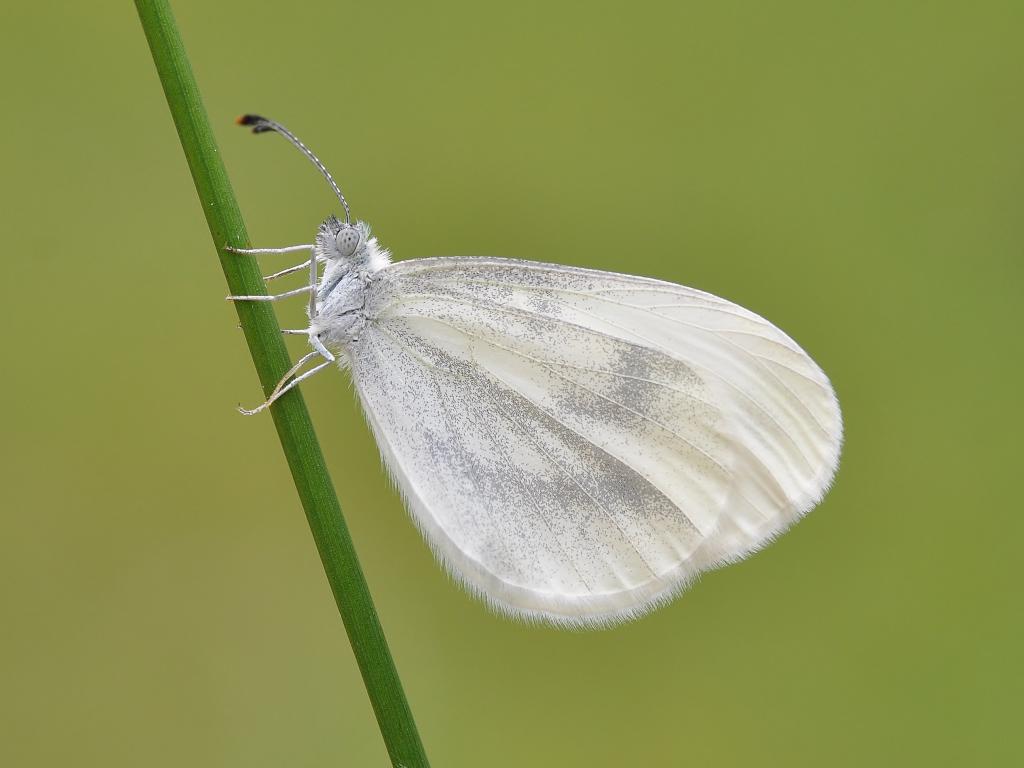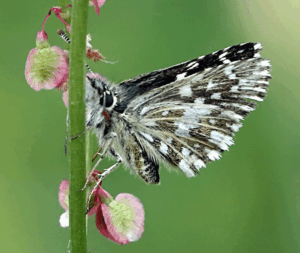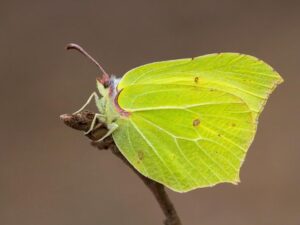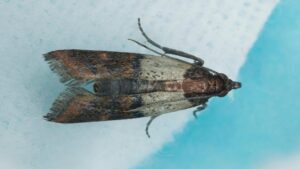Size and Family
- Family: Whites and yellows
- Size: Medium
- Wing Span Range (male to female): 42mm
Conservation Status
- Butterfly Conservation priority: High
- Section 41 species of principal importance under the NERC Act in England
- Listed on Section 7 of the Environment (Wales) Act 2016
- UK BAP status: Priority Species
- Protected under Schedule 5 of the 1981 Wildlife and Countryside Act (for sale only)
- European Status: Not threatened
Caterpillar Foodplants
Various legumes are used, commonly Meadow Vetchling (Lathyrus pratensis), Bitter-vetch (L. linifolius), Tufted Vetch (Vicia cracca), Common Bird’s-foot-trefoil (Lotus corniculatus) and Greater Bird’s-foot-trefoil (L. pedunculatus). (Note that some vetches are not used, notably Bush Vetch, V. sepium, and Common Vetch, V. sativa).
Habitat
The Wood White breeds in tall grassland or light scrub, in partially shaded or edge habitats. In Britain, most colonies breed in woodland rides and clearings, though a few large colonies occur on coastal undercliffs. A few smaller colonies occur on disused railway lines and around rough, overgrown field edges (for example in north Devon).
In Ireland, more open habitats are used, often far from woodland, including rough grassland with scrub, road verges, hedges, and disused railway lines.
Rare in south England and the Burren region of western Ireland, this small butterfly with a slow flight is usually encountered in sheltered situations, such as woodland glades or scrub.
The upper wings are white with rounded edges. Males have a black mark on the edge of the forewing. The undersides are white, with indistinct grey markings.
Males fly almost continuously throughout the day in fine weather, patrolling to find a mate. Females spend much of their time feeding on flowers and resting.
In the characteristic courtship display, the male lands opposite the female and waves his head and antennae backwards and forwards with his proboscis extended.
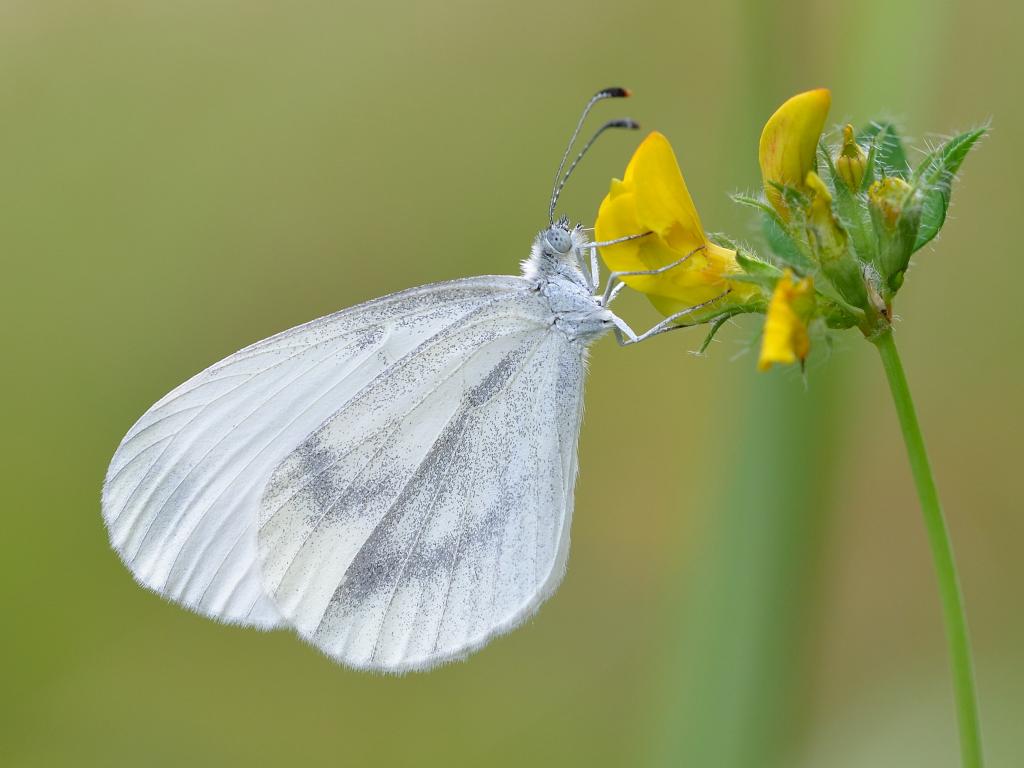
The Cryptic Wood White butterfly (Leptidea juvernica) is a delicate species closely related to the Wood White butterfly. Here are some key facts about its diet, habitat, and life cycle:
Diet
Adult butterflies:
- Feed on nectar from various flowers
- Likely visit similar flowers as the Wood White, including knapweeds, bird’s-foot-trefoils, and bugle
Caterpillars:
- Consume a variety of plants, including:
Habitat
The Cryptic Wood White butterfly inhabits:As its name implies, this species is found in woodland rides and margins. However, colonies in the south west of its range can be found in more-open areas such as disused railway cuttings and meadows. Suitable habitat is characterised as being warm, sheltered and damp, where both larval foodplants and nectar sources are in abundance. Foodplants include various vetches and trefoils. Nectar sources include a variety of flowers, favourites being Bramble, Bugle, Ragged Robin and Birds-foot Trefoil. In hot weather, males can also be found taking mineral salts from puddles.
- Woodland clearings and rides
- Sheltered areas within woodlands
- Scrubby areas
- Rough grassland
- Coastal undercliffs
These butterflies prefer areas with a mix of open spaces and vegetation, providing both sunlight and shelter.
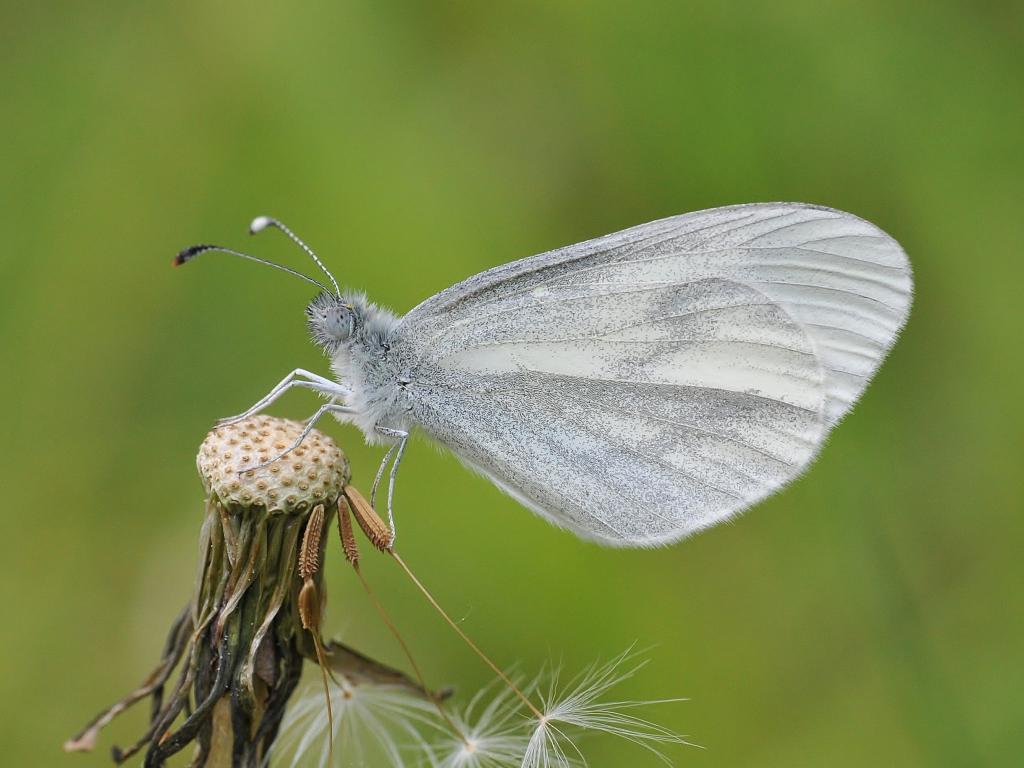
Life Cycle
The life cycle of the Cryptic Wood White butterfly consists of four stages:The English colonies emerge in early May and fly until the end of June. In Ireland, the emergence starts a little later in late May and the adults fly until the middle of July. Some sites, especially those in Surrey and Sussex, typically experience a 2nd brood and this can be more substantial than the 1st brood in good years.
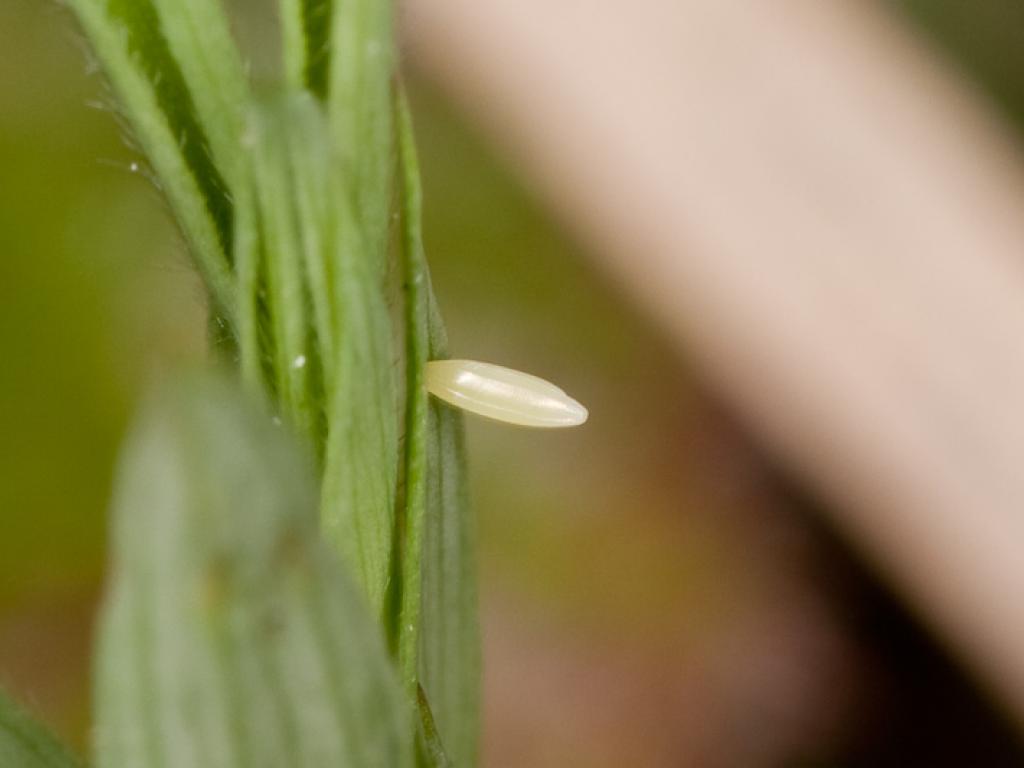
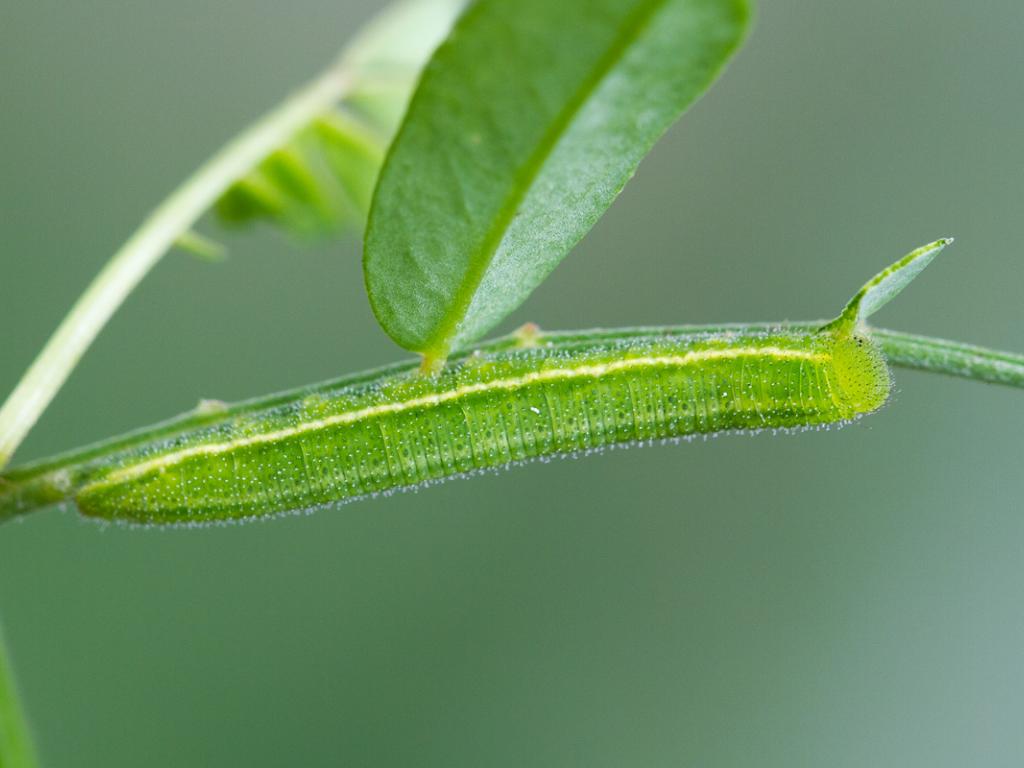
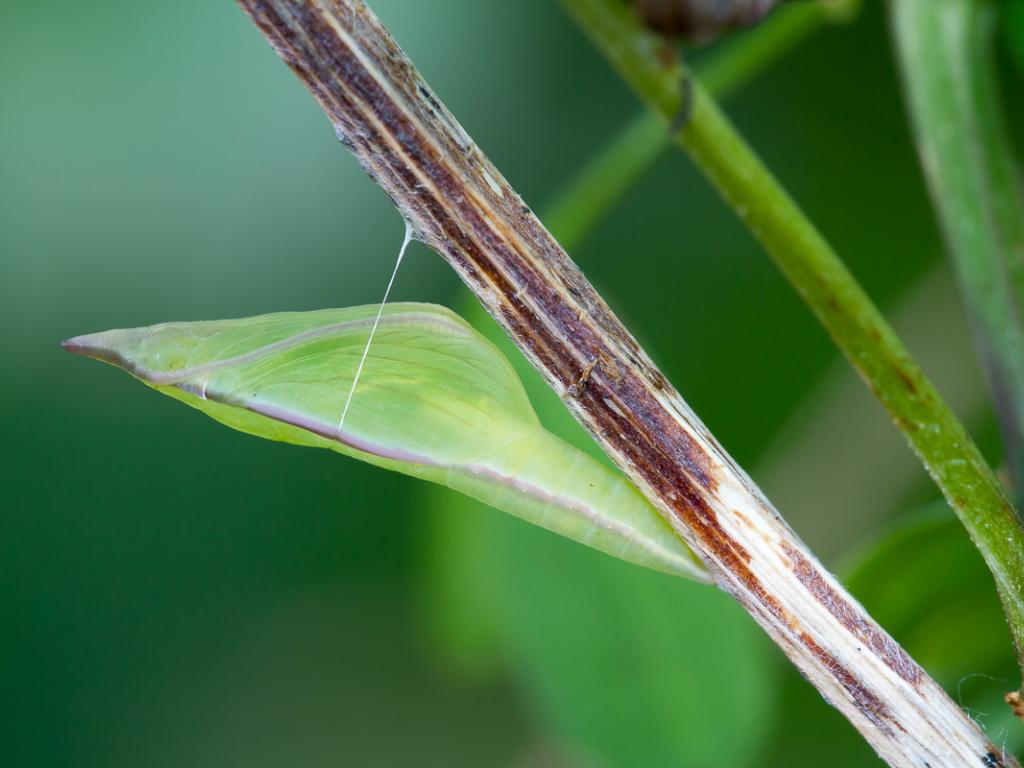
- Egg:
- Caterpillar (Larva):
- Pupa (Chrysalis):
- Adult (Imago):
- Emerge in May and can be seen until June or July
- A second brood may emerge later in the summer, flying throughout August
- Adults are most active on still, sunny days
- Males patrol in search of mates and engage in a unique courtship display
- When resting or during dull weather, they close their wings and may hide under leaves
It’s worth noting that the Cryptic Wood White was once thought to be a subspecies of the Wood White but is now recognized as a separate species. Their similar appearances and behaviors make them difficult to distinguish in the field, hence the name “cryptic.”
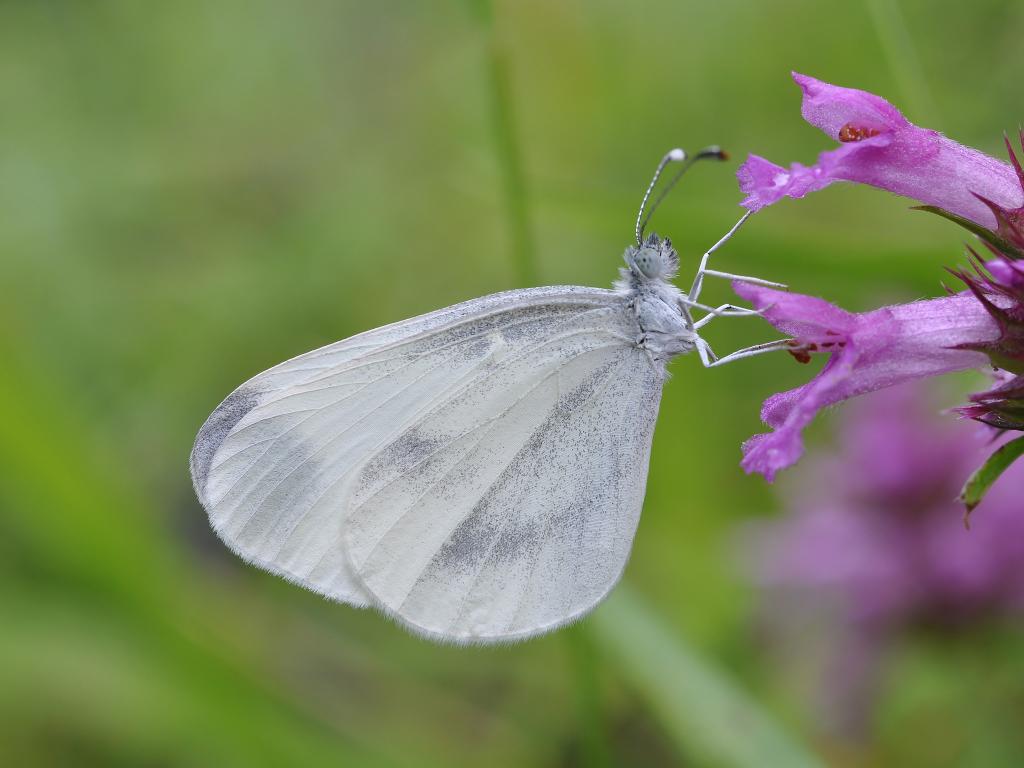
How does the Cryptic Wood White’s diet compare to other butterfly species
The Cryptic Wood White butterfly’s diet is fairly typical compared to many other butterfly species, but with some notable differences:
- Nectar sources:
- Like most butterflies, the Cryptic Wood White feeds primarily on flower nectar as an adult.
- It visits a variety of flowers, including Bush Vetch, Meadow Vetchling, Bird’s-foot Trefoil, and Ragged Robin.
- This is similar to many generalist butterfly species that feed on multiple flower types.
- Larval diet:
- Cryptic Wood White caterpillars feed on various legumes like vetches and trefoils.
- This specialized larval diet is common among butterflies, with many species having specific host plants.
- Comparison to other species:
- The Cryptic Wood White has a more limited diet than some generalist butterflies that feed on a wider range of flowers.
- However, it is not as specialized as some tropical species that feed on rotting fruit, dung, or even blood.
- Unlike some butterflies, there’s no evidence of the Cryptic Wood White engaging in “puddling” behavior to obtain minerals from mud or dung.
- Habitat specialization:
- The Cryptic Wood White is found in specific habitats like woodland edges and rough grassland.
- This habitat preference influences its diet, as it relies on plants found in these environments.
In summary, while the Cryptic Wood White’s diet is not unusual among butterflies, it is more specialized than some generalist species but less extreme than some tropical butterflies with highly unusual feeding habits. Its reliance on specific habitats and plant species for both adult and larval stages is typical of many butterfly species.

